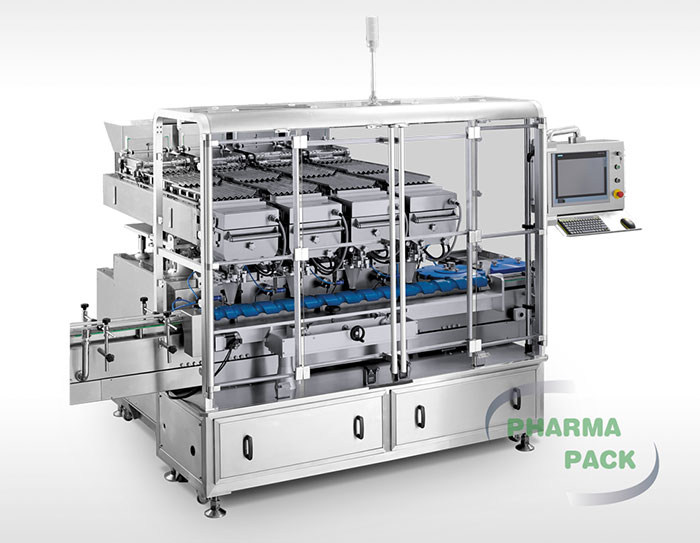High-velocity production presents unique challenges for vision-based inspection systems. On a modern tablet counter machine, the precise identification of objects moving at high speed is critical for accuracy. A primary technical obstacle is image blur caused by this rapid movement, which can lead to counting errors. For an automatic capsule filling machine manufacturer, such as Pharmapack, developing sophisticated compensation algorithms is essential to ensure data integrity at rates of hundreds of containers per minute.
The Technical Challenge of Motion-Induced Blur
When bottles are filled while in constant motion on a conveyor, the camera capturing each tablet has an extremely limited exposure time. This relative movement between the camera and the fast-moving product can result in a smeared or blurred image. For a high-speed tablet counter machine, this blur can obscure the edges of individual tablets, making it difficult for the system to distinguish one from another or to identify broken or misshapen units, ultimately compromising the count’s accuracy.
Algorithmic Processing for Image Clarification
To counter this, advanced systems employ an edge blur compensation algorithm. This software-based solution does not physically stop the motion but instead processes the captured image to correct for the blur effect. The algorithm analyzes the captured frame to estimate the direction and magnitude of the motion blur. It then applies a deconvolution filter, which is a mathematical operation designed to reverse the distortion, effectively sharpening the edges of each tablet within the image before the counting analysis is performed.
Ensuring Precision in High-Throughput Environments
The efficacy of this algorithm is what enables a tablet counter machine to perform reliably at high speeds, such as 400 bottles per minute, without requiring the containers to stop. For an automatic capsule filling machine manufacturer, this capability is a significant competitive advantage. It allows for a simpler mechanical design with fewer moving parts that would be needed to index and stop each bottle, thereby enhancing reliability and reducing maintenance while simultaneously guaranteeing counting precision.
Conclusion
The implementation of an edge blur compensation algorithm represents a critical software advancement in optical counting technology. It directly addresses the fundamental physical challenge of motion blur, enabling a tablet counter machine to achieve high levels of accuracy without sacrificing operational speed. This focus on innovative software solutions underscores the technical depth that a proficient automatic capsule filling machine manufacturer must possess to meet the demanding requirements of modern pharmaceutical production.

